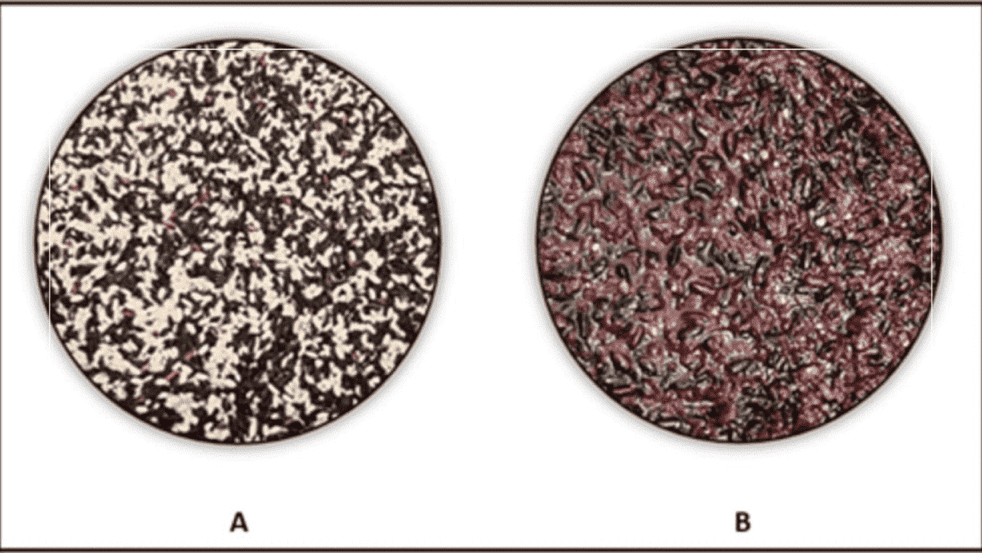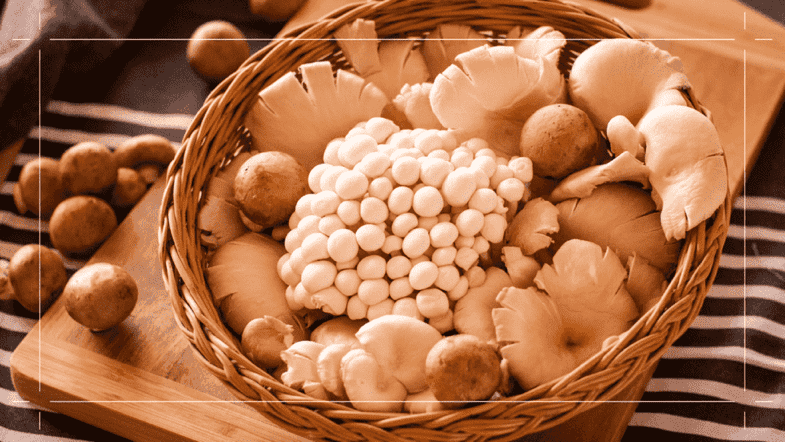In a groundbreaking study, researchers in the Philippines have unveiled promising health benefits associated with the byproduct of traditional rice wine fermentation. The findings suggest that the waste material, known as lees, may possess significant anti-aging properties and could serve as a valuable resource in the health and wellness industries.
The Research Behind Tapuy Lees
The study, conducted by Edward Kevin B. Bragais of Ateneo de Manila University and Paul Mark B. Medina of the University of the Philippines, focused on tapuy, a traditional Philippine rice wine. The researchers explored how different starter cultures—microorganisms used to initiate fermentation, locally referred to as bubod—affect the composition of tapuy lees.
Typically, lees consist of rice residues, yeast, and various microbial compounds, and they are often discarded as waste after the fermentation process. However, the researchers discovered that by optimizing the fermentation process with a specific microbial culture, tapuy lees could be transformed into a rich source of bioactive compounds with potential medical and nutritional benefits.
Promising Anti-Aging Properties
The study revealed that tapuy lees produced with an optimized starter culture mix contained elevated levels of polyphenols, compounds known for their ability to combat oxidative stress, inflammation, and cellular damage. In animal tests, extracts derived from these lees demonstrated strong antioxidant activity, leading to improvements in lifespan, motility, and reproductive health.
One of the key findings of the research was the enhancement of superoxide dismutase levels, an enzyme crucial for protecting cells against age-related deterioration. This suggests that the bioactive compounds found in tapuy lees may play a significant role in promoting longevity and overall health.
Implications for Health and Wellness
The implications of this research are substantial. If the findings are confirmed through further clinical trials, tapuy lees could be repurposed as a functional food ingredient, offering a natural means to combat aging and oxidative stress-related diseases. The potential for utilizing this overlooked byproduct of rice wine production could not only contribute to health and wellness but also promote sustainability by reducing waste in the food and beverage industry.
However, the researchers caution that their conclusions are currently based on animal studies, and more extensive research is necessary to determine the potential benefits of tapuy lees in humans. As the scientific community continues to explore the health benefits of various food byproducts, this study highlights the importance of re-evaluating what is often considered waste.
The discovery of longevity-boosting properties in rice wine waste presents an exciting opportunity for both the health and wellness sectors and the broader food industry. As researchers delve deeper into the potential of tapuy lees, the findings could pave the way for innovative approaches to nutrition and aging. With further investigation, this traditional byproduct may soon find its place as a valuable resource in the quest for longevity and improved health.
* “Tapuy,” a traditional rice wine, is crafted from a blend of black and white glutinous rice (A). The fermentation process is initiated with the addition of a starter culture known as “bubod.” Following a month of fermentation, the solid remnants, referred to as “lees” (B), are separated and typically discarded. Credit: Bragais and Medina, 2025.




Leave a Reply